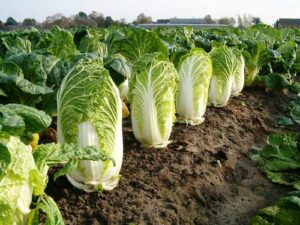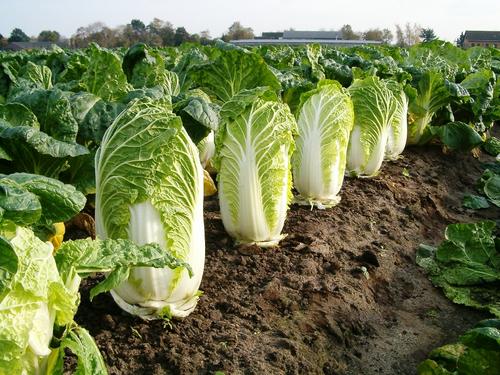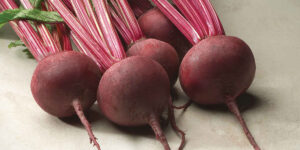
Transplanting ‘Chihili’ Chinese cabbage, known for its distinct characteristics and suitability for various dishes, involves certain steps for successful cultivation. Here’s a guide tailored for transplanting ‘Chihili’ Chinese cabbage:
1. Seedling Preparation
- Start with healthy ‘Chihili’ seedlings, about 4-6 weeks old, with sturdy stems and developed leaves.
- Gradually acclimate the seedlings to outdoor conditions over a week to harden them off.
2. Optimal Transplanting Time
- Transplant in early spring or late summer. Chinese cabbage prefers cooler temperatures and may bolt (flower prematurely) in hot weather.
3. Soil Preparation
- ‘Chihili’ Chinese cabbage thrives in well-drained, fertile soil with a pH between 6.0 and 7.5.
- Enrich the soil with compost or well-rotted manure before planting.
4. Transplanting
- Space the plants about 12-18 inches (30-45 cm) apart in rows 18-24 inches (45-60 cm) apart.
- Plant the seedlings at the same depth they were in their containers.
- Water thoroughly after transplanting.
5. Watering and Care
- Maintain consistent soil moisture. Regular watering is essential, especially during dry periods.
- Mulch around the plants to help retain moisture and control weeds.
6. Fertilization
- Fertilize with a balanced, all-purpose fertilizer a few weeks after transplanting.
- Be cautious with nitrogen; excessive amounts can lead to leafy growth and poor head formation.
7. Pest and Disease Management
- Keep an eye out for pests like aphids, cabbage worms, and flea beetles.
- Use appropriate pest control methods and practice crop rotation to prevent disease.
8. Harvesting
- Harvest ‘Chihili’ when the heads are firm and have reached the desired size, typically 70-75 days after planting.
- Cut the head off at the base with a sharp knife.
9. Post-Harvest Care
- Clear the area of plant debris after harvesting to reduce disease and pest risks.
Growing ‘Chihili’ Chinese cabbage can be very rewarding for its unique flavor and texture. As always, local conditions such as climate and soil can affect growth, so it’s wise to seek advice from local gardening experts or an agricultural extension service for region-specific guidance.





Reviews
There are no reviews yet.